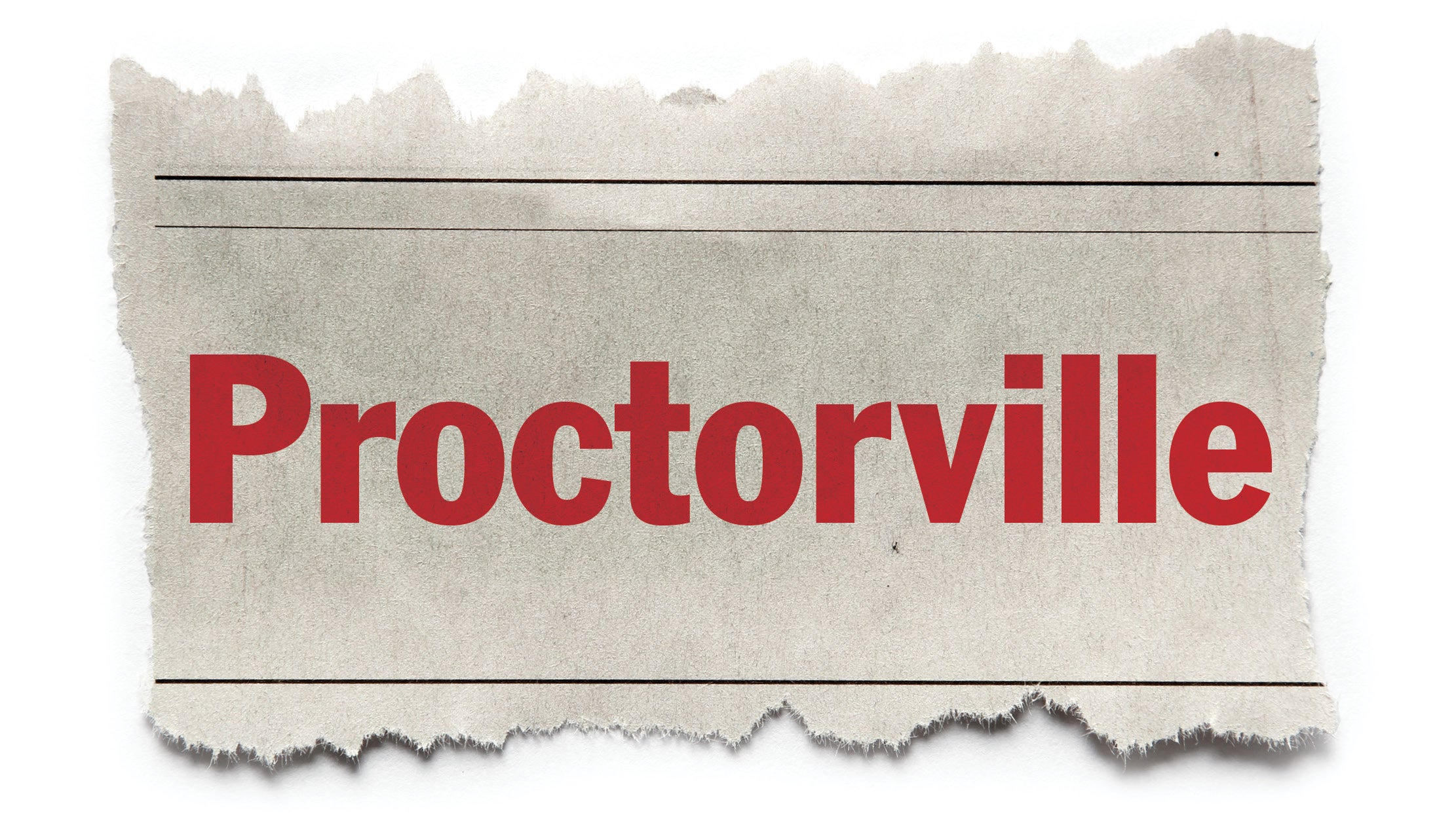Sequester cuts hitting poor hard
Published 10:11 am Monday, September 2, 2013
Programs provide benefits to wide range
The Columbus Dispatch
Head Start programs cut staff members and students. Meals on Wheels, a federal program that delivers meals to the homebound elderly, scaled back in some communities. Federal public defenders, already strapped for funding, cut an additional 11 percent out of their budgets and are preparing for more cuts this fall.
It’s been six months since the federal government imposed $85 billion worth of mandatory budget cuts, and among those who have felt the impact most acutely have been the poorest Americans.
“Did the sequester disproportionately hurt the poor?” said Lisa Hamler-Fugitt, executive director of the Ohio Association of Second Harvest Foodbanks. “You bet it did.”
Among the cuts Ohio social-service agencies have faced:
— The Ohio Department of Health saw reductions to programs including WIC food and newborn-hearing programs. The department has absorbed the impact for those cuts and many others to date.
— Federal unemployment benefits in Ohio have been reduced by 16 percent, an average of about $50 per week.
— According to the Department of Health and Human Services, an estimated 2,782 Ohio preschoolers have been cut from Head Start, a portion of the 57,265 expected to be cut nationwide.
In some ways, the impact has been less sweeping than originally predicted.
Stephen Fuller, an economist at George Mason University, originally predicted that the cuts would cost 2.14 million jobs nationally within the first year.
But, he said, “It hasn’t been as bad as expected.”
He says cutting the budget will help in the long run, with the economy becoming more reliant on the private sector. But the process, he said, will be akin to losing weight by stopping eating altogether rather than consuming healthier foods — neither ideal nor advisable.
Part of the reason the cuts weren’t cataclysmic was because Congress passed measures aimed at providing some flexibility in some areas. For example: When the nation’s airport security lines became backlogged, lawmakers quickly passed a bill softening cuts to the Transportation Safety Administration.
The cuts themselves were cut — from roughly $110 billion to $85 billion.
When the Federal Aviation Administration threatened to cut air-traffic control towers at general-aviation airports — including the tower at Ohio State University’s Don Scott Field an outcry ensued, and the FAA quashed the plan. And a proposal to furlough about 640,000 civilian Defense Department employees for up to 22 days was shortened eventually to six days.
Meanwhile, federal programs serving the poor, which have a smaller, less-vocal lobby, underwent cuts.
The poor, said Sen. Sherrod Brown, D-Ohio, “are the ones the people in Congress know the least.”
That has caused an outcry among those who work with the disadvantaged.
“How self-serving can you be?” said Steven Nolder, who headed the public defender’s office covering Columbus, Dayton and Cincinnati until the end of June, when he resigned in hopes of preserving other jobs.
Congress, he said, is “willing to fix things that affect them and a large segment of society, but when the target is kids who need Head Start, people who need medical care, people who need legal representation — they’re propping up this hogwash that it saves money, but it doesn’t. All the studies show that if you don’t give disadvantaged kids, at-risk kids early education opportunities, they drop out and end up in prison.”
“Disabuse yourself of the notion that this is saving money,” he said. “It’s not.”
Others say it still could get worse.
They say that the cuts will be imposed over the next decade, and that many of the agencies affected already have endured years of cuts. The federal government is trying to cut from bone, they say, even as it ignores the three growing major-entitlement programs — Social Security, Medicare and Medicaid — which together amount to about 64 percent of all federal spending.
“This is something that’s going to be painful over a certain period of time,” said John Leland, director of the University of Dayton Research Institute, which relies on federal money in part to pay for its research.
The state has tried to absorb the blow, with both the Ohio Department of Health and the Ohio Department of Education working to offset cuts with state money. The latter, for example, allocated $19 million to help minimize cuts of $65.7 million this fiscal year.
But John Charlton, an Education Department spokesman, said, “We have not yet discussed how we might help offset federal funding cuts in the future.”
Chuck Gehring, president and CEO of LifeCare Alliance, the largest provider of Meals on Wheels in central Ohio, said his organization offset initial sequester cuts through private donations, but by the end of September, it will have to cut 5.8 percent more — an amount that will translate to $145,000. The alliance serves Franklin, Madison and Marion counties.
He predicted that as the cuts continue, smaller, more-rural counties will be unable to continue to deliver services. Long before the budget cuts kicked in, Meals on Wheels already had faced cuts of 1 to 5 percent annually during the past decade.
“People think (the cuts) are not a big deal,” Gehring said. “I’m telling you: Programs are going to shut down.”
Ellie Hollander, Meals On Wheels Association of America president and CEO, said Senior Nutrition Programs such as Meals on Wheels took a $51 million hit nationally in 2013 because of sequestration.
She said her association did a survey in May that found 1 in 6 sites was curtailing service or closing their doors altogether. Seventy-three percent are either adding to or creating waiting lists for the first time. Forty percent, she said, are cutting staff members.
Congress began the program in the 1960s as part of an attempt to keep older Americans in their homes, rather than have them move into nursing homes on Medicaid dollars. Studies indicate every dollar spent on Meals on Wheels saves $50 that would be spent on Medicaid.
“Are people being impacted? Is it serious?” Hollander said. “The answer is yes, it’s dire. And programs are being devastated.”
Rep. Pat Tiberi, R-Genoa Township, said his fellow lawmakers view the cuts’ effect on a sliding scale. Some say it’s been a disaster. Others say it’s not been a problem at all.
He said that all of the initial threats of government programs shutting down that never came to fruition didn’t help the public understand that there is a better way to go about cutting spending.
“The sequester isn’t the answer to our problems,” he said. “We have to have entitlement reform.”
But that’s little solace to Barbara Haxton, executive director of the Ohio Head Start Association. When she thinks about the roughly 2,700 preschoolers knocked out of the program by budget cuts, she thinks about how they’ll eventually start school two to three years behind their peers, often heading to failing schools where they’ll never have a chance to catch up.
She worries that eventually those children will end up flunking out of school, going to expensive jails where they’ll cost the government far more than they would have had they had a chance to succeed.
All this, for cuts to an $8 billion program — a program that’s a tiny fraction of the $3.8 trillion federal budget.
“This isn’t going to balance the budget by any stretch of the imagination,” she said. “It isn’t as if it’s going to make life better for anybody. It doesn’t make a lot of sense to me.”




